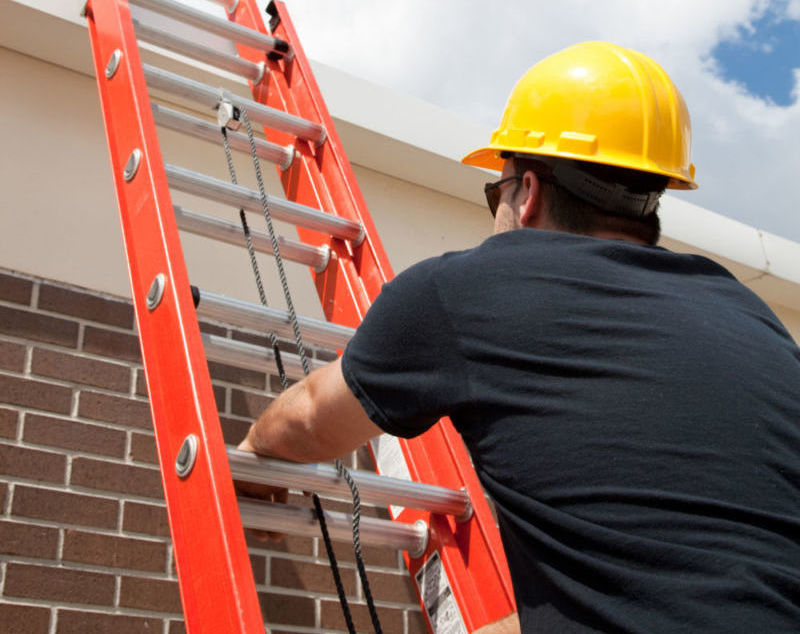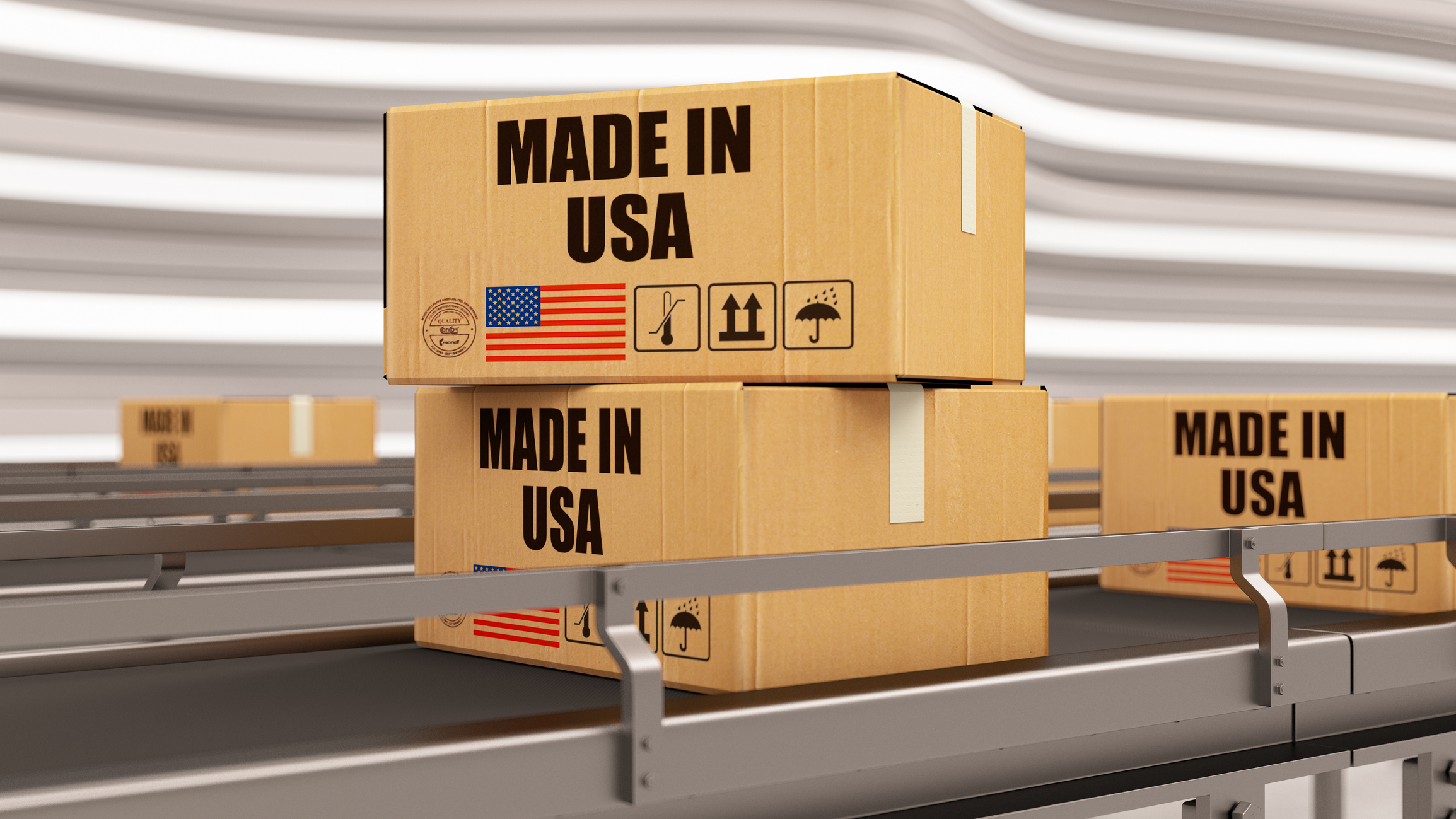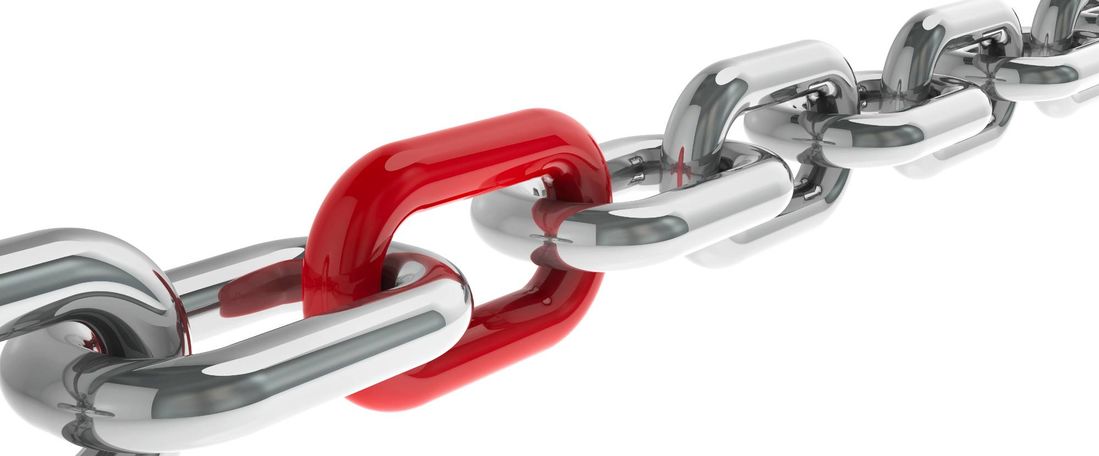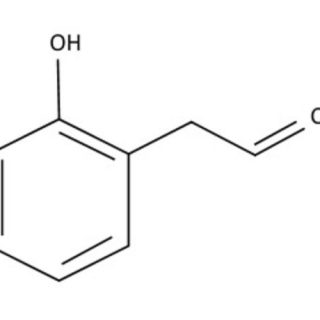The Buy American Act: How May Your Business Be Affected?
Vinay Mishra2023-06-06T21:30:38+00:00An industry brief by Dr. Vinay Mishra, Technical Sales Manager June 20, 2022 On May 5th, 2022, Bloomberg reported that the Chinese government has ordered its central agencies and state-backed corporations to replace all foreign-branded personal computers with domestic alternatives within an aggressive timeline of two years. This development aligns with China’s long-term campaign to become self-sufficient in sensitive technology. It so happens that the U.S. has been working on a similar policy, focusing [...]











